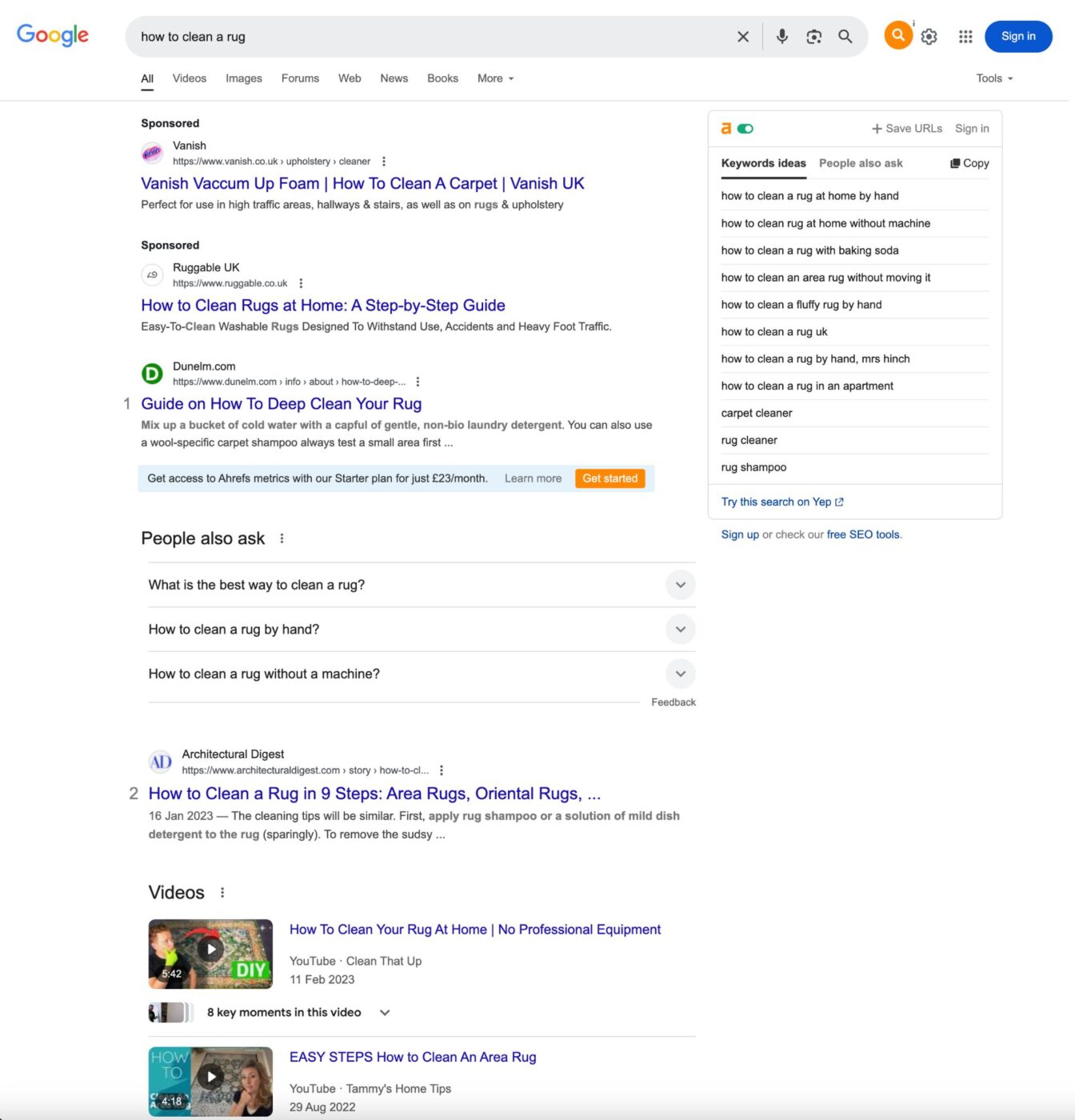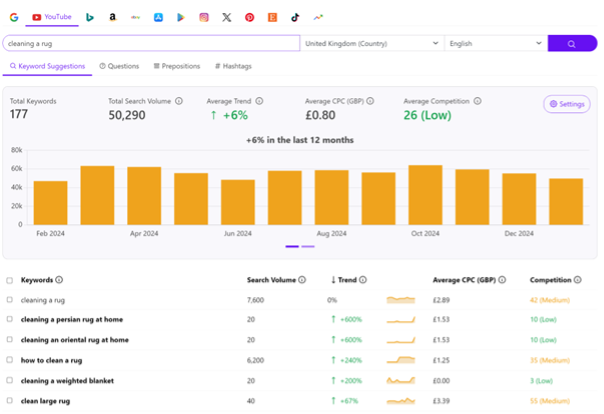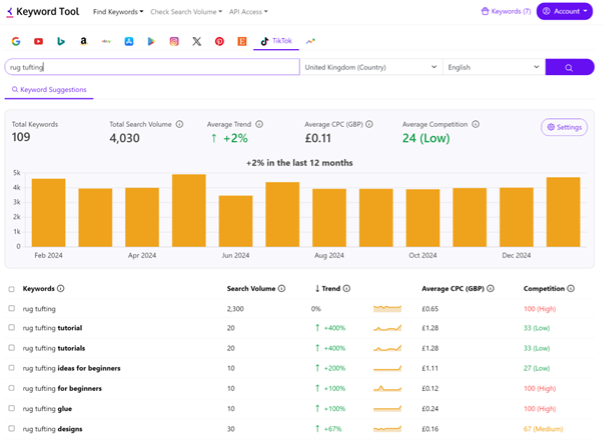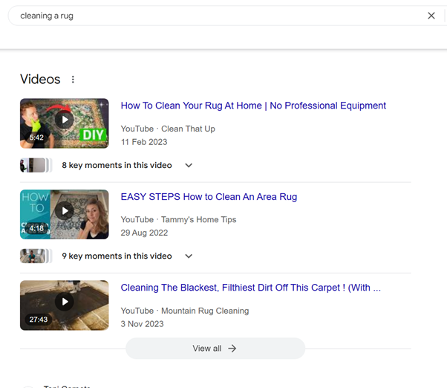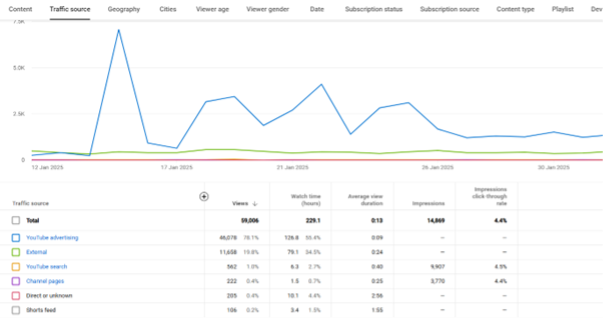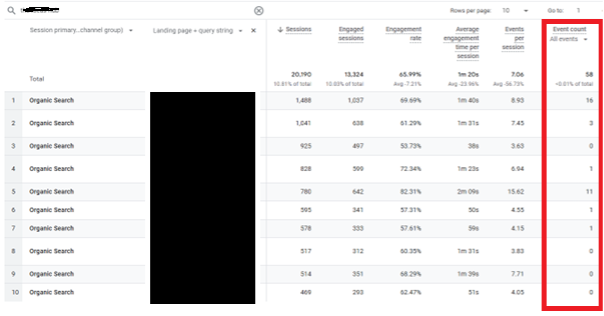Now if you search for the same query, you’re likely to be presented with an AI overview (AIO), which is a combination of the top-ranking blogs/videos Google’s AI has pulled together to encourage zero clicks, a featured snippet, people also ask (PAA) section, a couple of blogs, and a selection of videos – whether in the form of a video preview/pack, or an individual listing on YouTube or TikTok.
With that in mind, marketers need to ensure they’re pivoting their strategies to reach people in the ways – and formats – they consume content. In this report, we’re going to focus specifically on video content, looking at the ways you can identify the topics people are searching for, tips on how to get your videos ranking, both within Google’s SERPs, and specific social channels, and how to tie your videos back to your overall on-site content strategy.


